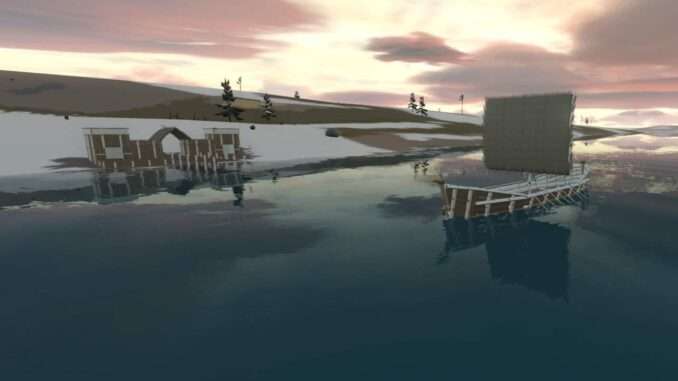
This guide offers a step-by-step tutorial for planting food forests in any biome. As long as agriculture mainly consists of localized foraging, a food forest can supply a whole village with a diverse diet while only needing little space. Examples of food forests in different biomes are given at the end of the guide.
Contents
Paleolithic Agriculture: Foodforests for Beginners
All credit goes to forestfey!
What is a Food Forest?
This is Boulder on Pandora.

It is home of Liso, who had an idea after he had learned the planting skill.
The village recently had started to build multistoreyed buildings, and he had made the observation, that plants seem to grow in different layers, too. The other planters wanted to make beds in neat little rows and grids, but Liso decided to plant an experimental plot in a layered style he copied from nature, a food forest.
Liso’s Elders were so impressed with the saving of space they could do with the food forest, that they decided to grow a larger one, and after years, even another one to the other side of the village, with trees for fire wood mixed in.
Now, 2 generations later, Liso peacefully died in his sleep, an Elder himself. The village held a solemn feast on pumpkins, celebrating Liso’s memory.
Apparently Liso’s “breakthrough” was meant to change humanity forever, his imprint on the morphogenetic field was strong enough, that soon Sapiens across the whole multiverse started to plant food forests.
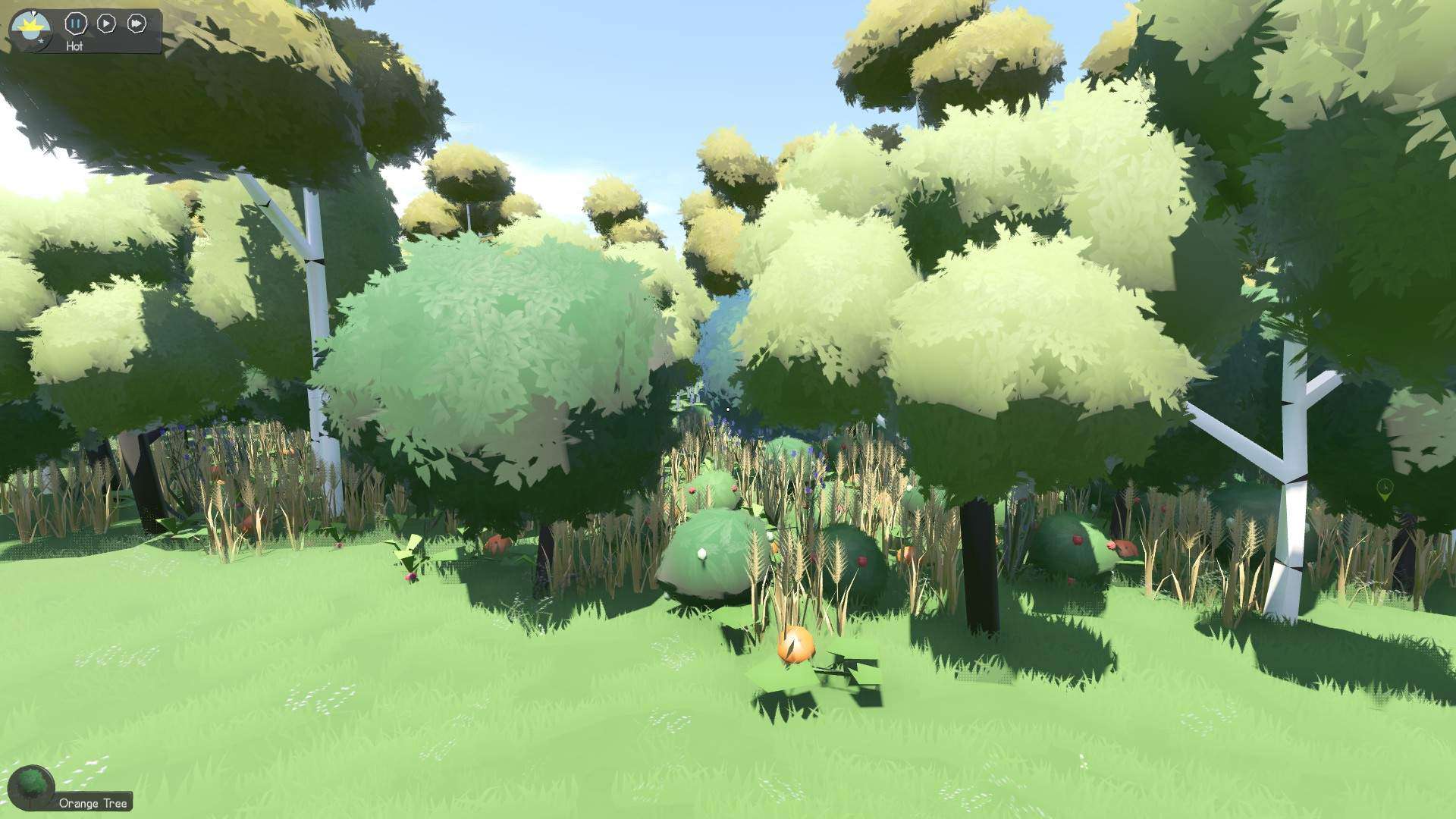
Mild temperate food forest containing apple, aspen, birch, and orange trees, goose- and raspberry bushes, pumpkin vines, beetroots and flax.
Food forests are an actual agricultural concept known on Earth since probably the very beginning of farming. The native Americans were known to have cultivated food forests for a long time. Of course, food forests can not be managed with heavy machinery, as they can be very dense with trees, all having some sort of utility. So they have to be manually foraged!
Typically a food forest contains at least 3 layers:
- Trees.
- Shrubs and bushes.
- Undergrowth like herbs, vines and root vegetables.

This is the reason, why a food forest can yield so much produce on a comparably small area. It has the added benefit of providing a habitat for smaller animals like birds and bees.
Step by Step Guide to Planting a Food Forest
Step 1: Fruit trees
First of all, plant some fruit trees. Don’t put them too close too each other, you’ll need the space later. When the canopy is developed, it will be hard to see the ground level anyway.

Step 2: Fire wood trees
Now add some fire wood trees inbetween the fruit trees, but not as many. Again, leave some space between the trees.

Step 3: Berry bushes
Berry bushes can be grouped together in 2-4. You can put some of them around the trunks of the trees.
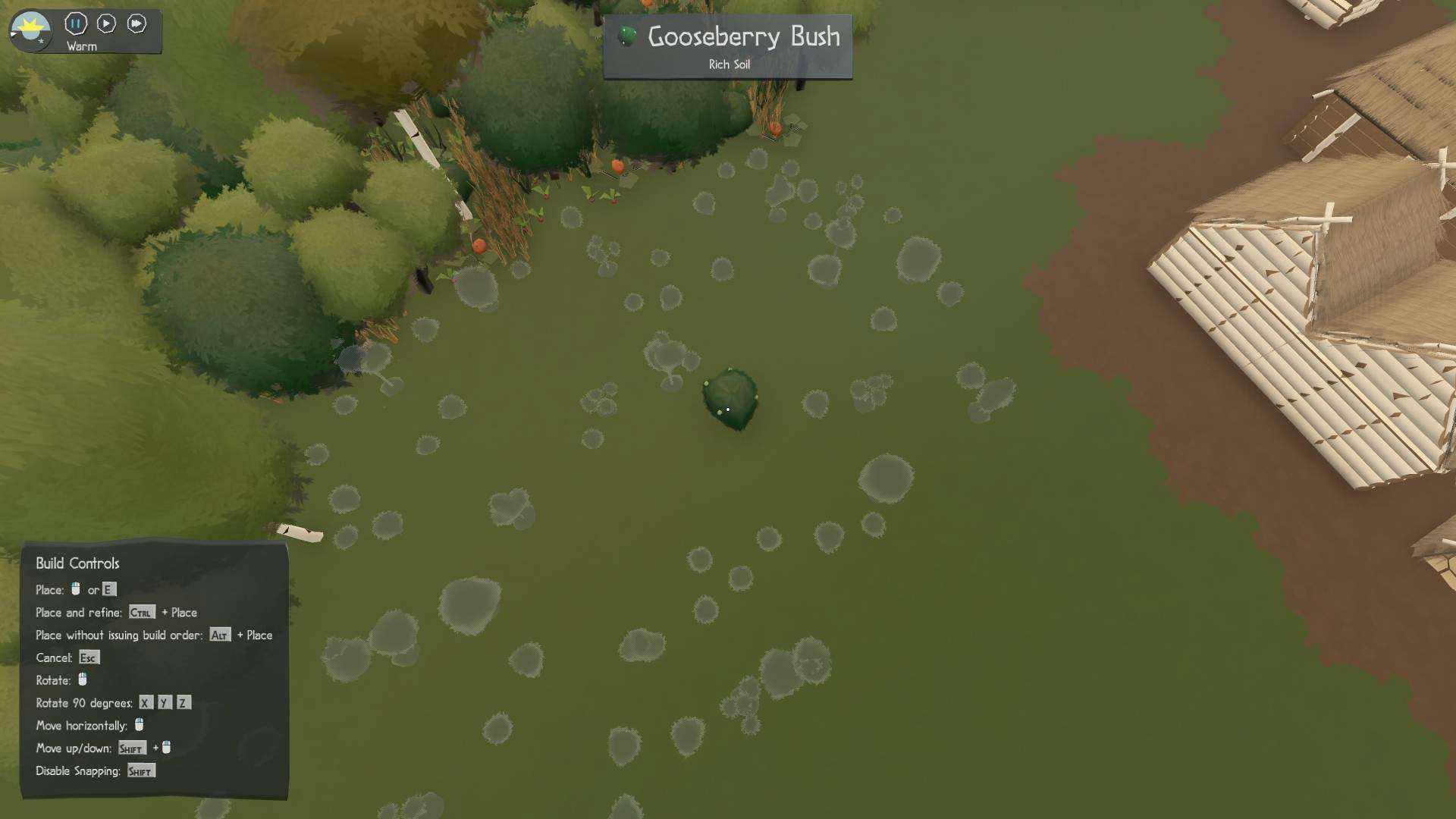
Step 4: Pumpkins
Now plant some pumpkins. They often snuggle up to the bushes, and you can group them loosely in patches of 2-3.
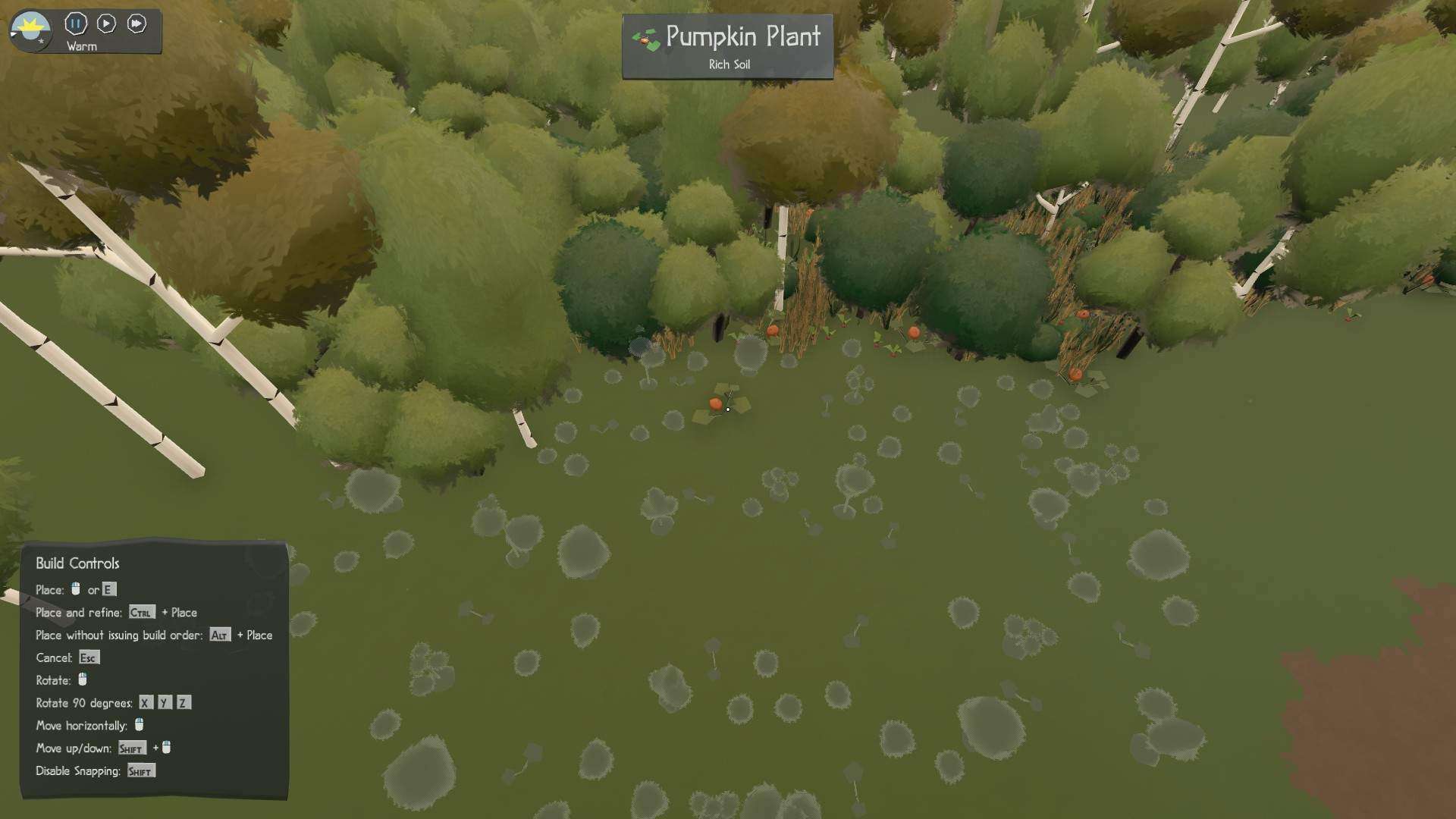
Step 5: Wheat
Fill in the major empty spaces with wheat. You can put it pretty close to each other, and often wedge it inbetween other plants.

Step 6: Beetroot
Beetroot can be click-spammed (plop plop) into the remaining gaps, but it’s recommended to do some fine tuning at the edges of patches or inbetween other plants. It’s pretty amazing, in which small spaces you can still squeeze some beetroot!
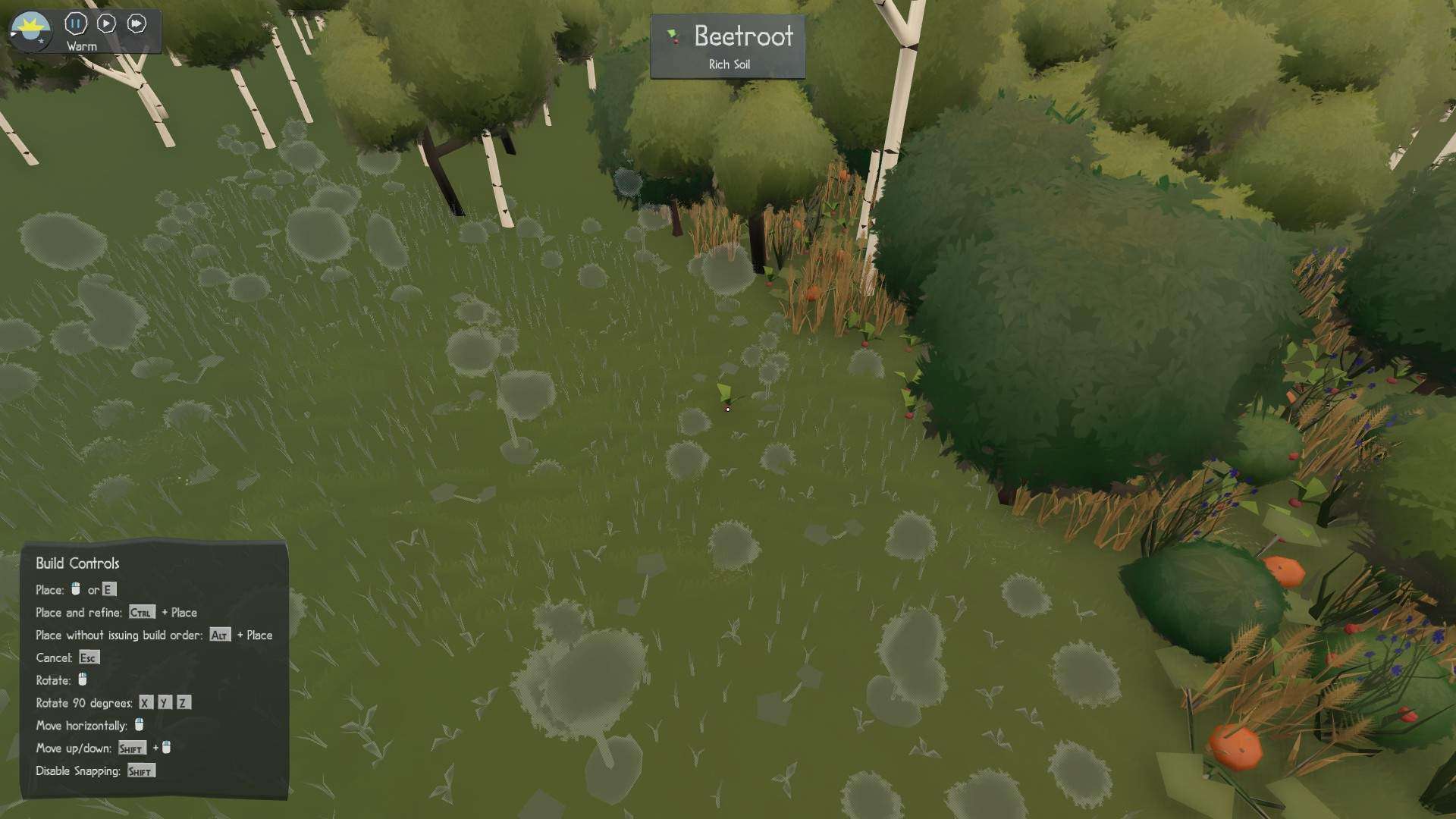
Step 7: Flax
Flax needs only very little space and can be click-spammed the same as beetroot, but again you might want to fine tune some smaller spaces or the edges of the forest.
If you want to plant some sunflowers, best do it in this stage, too.

Result
The result should look something like this. Let’s hope you have many Sapiens assigned to the planter job!

Examples of Food Forests in Different Biomes
Savannah Biome
Welcome to Ukarimu (Swahili for generosity) on Telo.

Ukarimu is characterized by a large long house with a jutty for the chieftain’s clan and 2 smaller family huts.
The lack of fertile soil makes the growing slow, but now Ukarimu is established, the food supply from the food forest is steady.
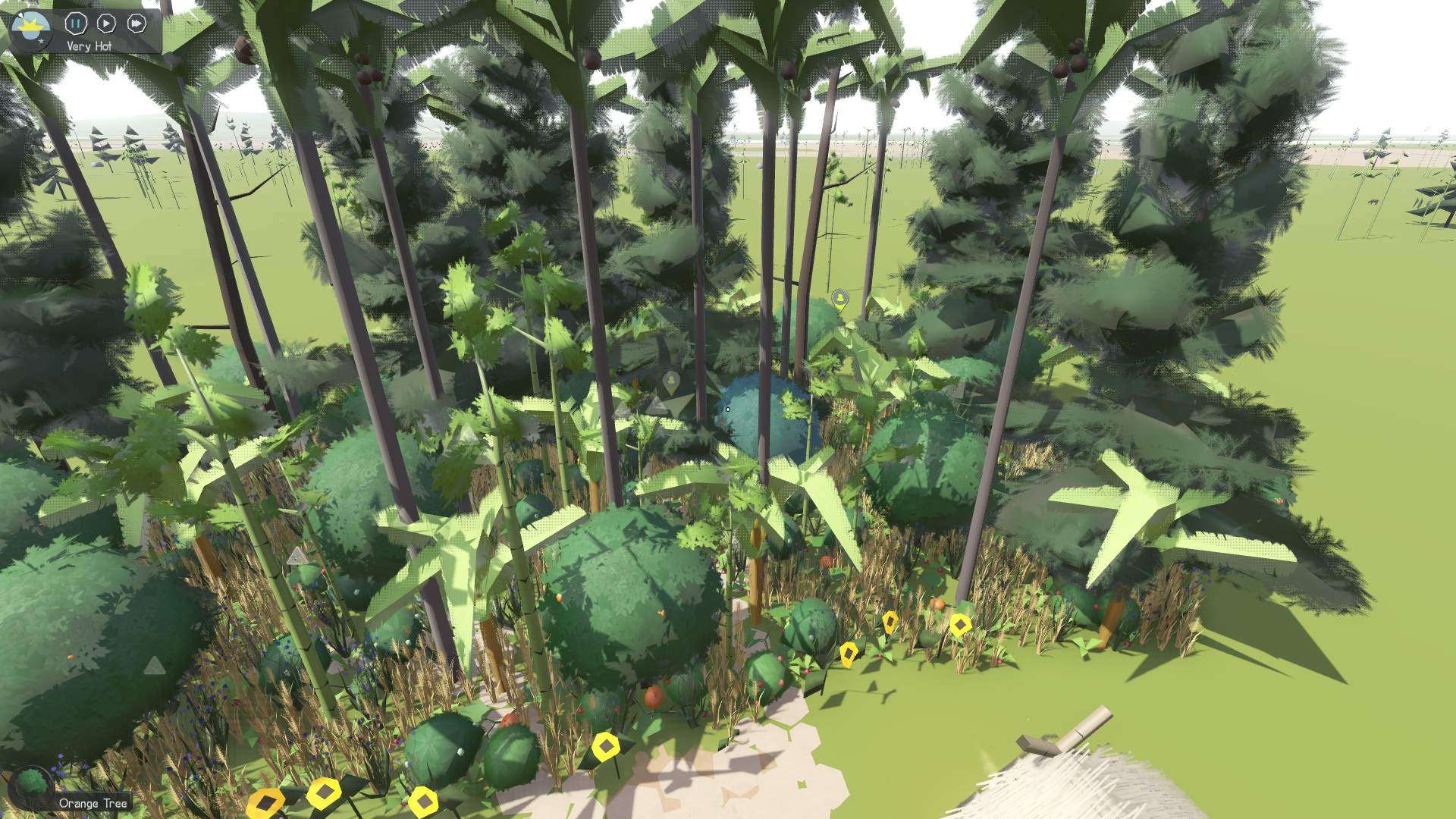
Savannah food forest with banana, coconut and orange trees for fruit, bamboo and pine for wood, goose and raspberry bushes, pumpkin vines, wheat, beetroots and flax.
Cold Temperate Steppe Biome
This is Kiitospäiva (Thanksgiving in Finnish) on Suno Pona.

People in Kiitospäiva have to huddle together closely, because the winters get so cold.
This means, the village consist of only 3 main structures, each with a second storey just under the roof so the most people can benefit from the warmth of the 3 fire places. Wood was very scarce in the beginning, but now we’re growing a little and not so dense forest around the village.
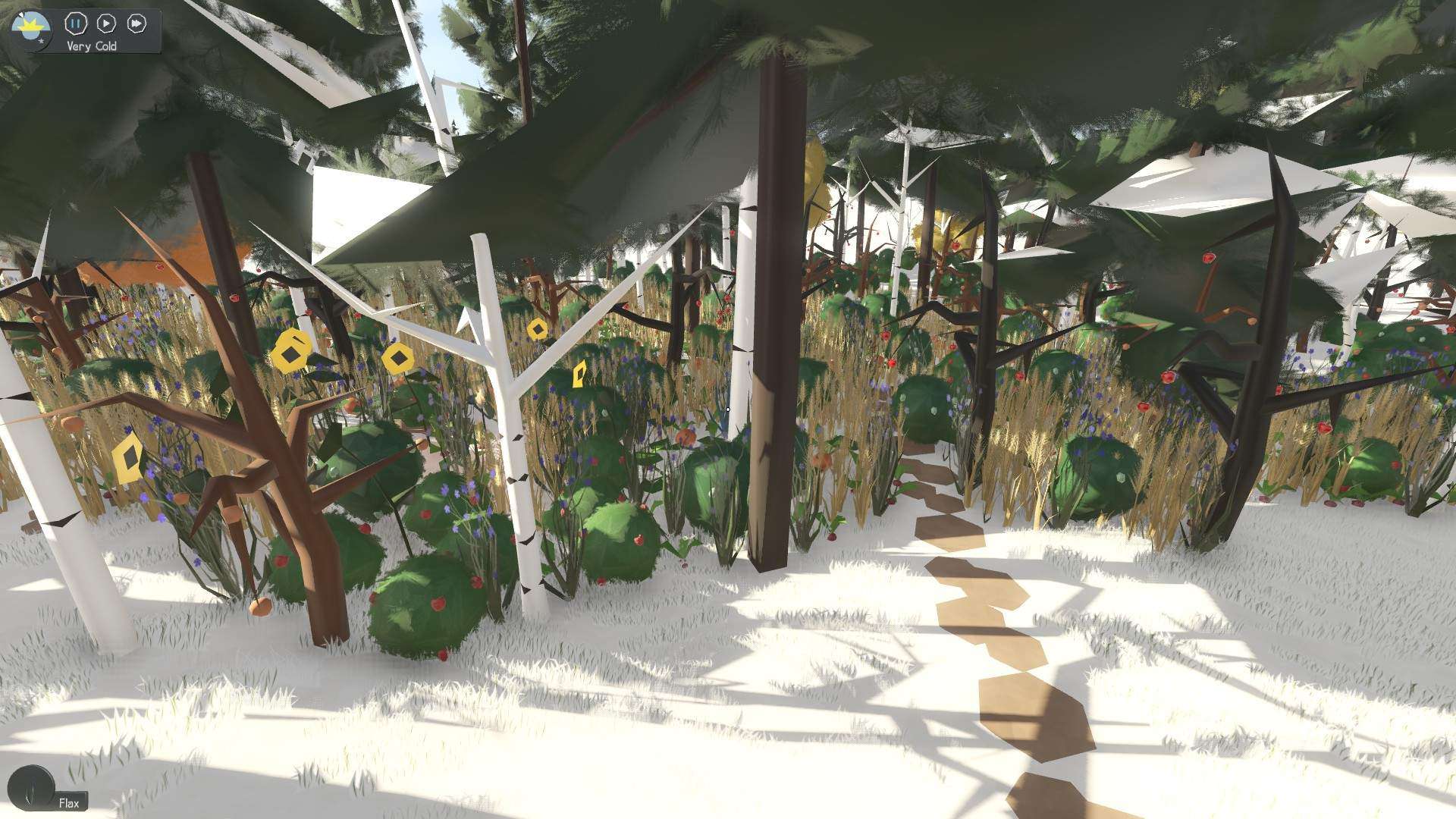
Cold temperate food forest with apple, aspen, birch, peach and pine trees, goose- and raspberry bushes, pumpkin vines, wheat, beetroots, flax and sunflowers.
Tropical Rainforest Biome
Welcome to Kuaola (Verdant mountain in Hawaiian) on Kulupu Kama.

Kuaola has 2 main huts and a great ceremonial hall with 3 storeys and many benches. Its place on the mountainside offers a great view of the river valley it is located in.
The tribe recently spotted coconut palms in a day’s distance, so we might integrate them into our food forest soon.

Tropical jungle food forest containing banana and oranges for fruit, bamboo and pine for wood, goose- and raspberry bushes, pumpkin vines, wheat, beetroots and flax.





I am so glad you wrote this. Hopefully permaculture becomes more commonplace in reality, as we are facing the errors of our ways. You clearly have done your research.
My only experience is with regular soil and rich soil, wheat planted at the same time on both could be harvested again very early on rich soil. (have also not counted the days)
If any devs are reading this, I would be happy to see the soil condition improve if it is well taken care of. I could well imagine that such a food forest creates a very excellent soil over time.
65 people, impressive! I was at 50 and then 10 died due to age. If it weren’t for the occasional foreign tribe joining me, I’d still only have a handful of people after 40 hours of play. The birth rate is very low in my opinion.